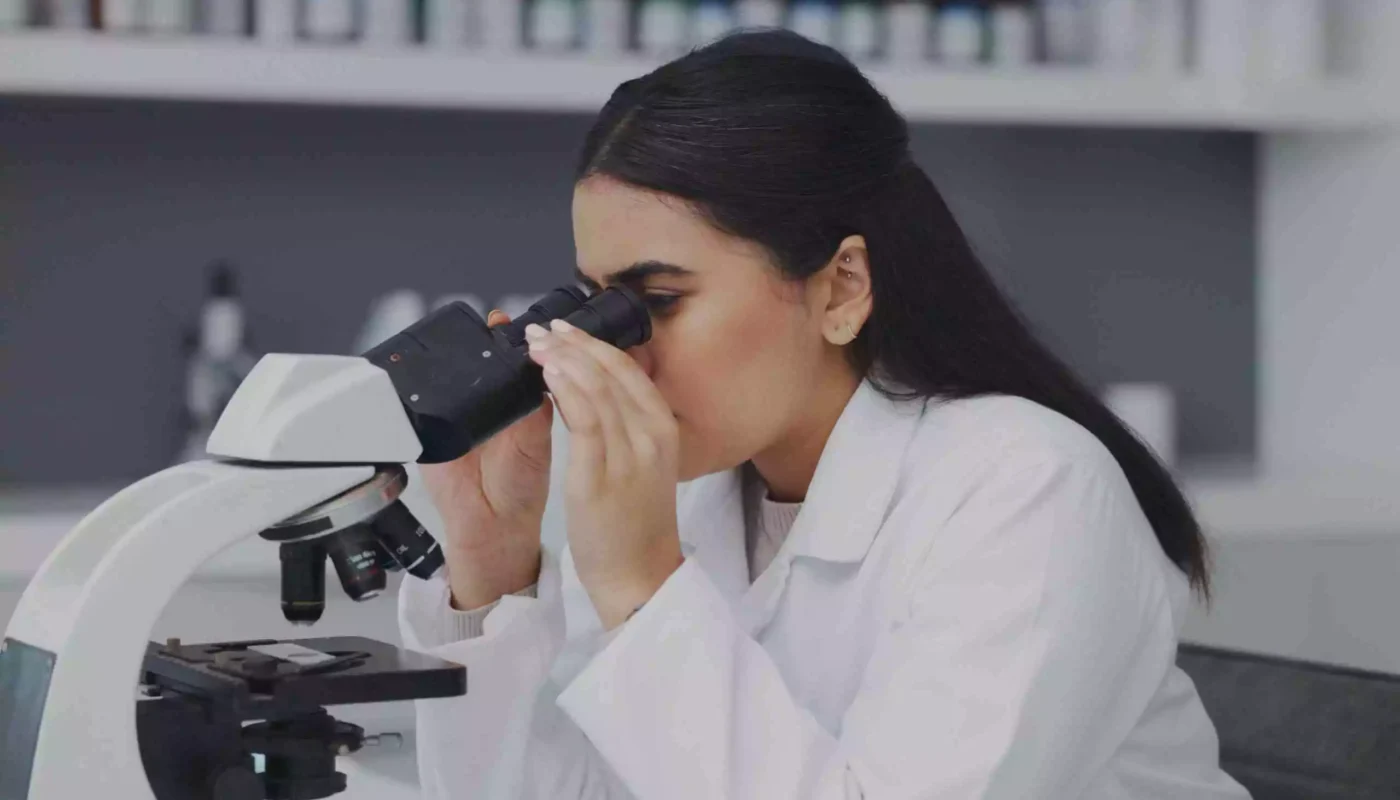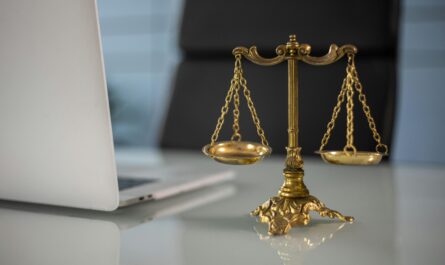Recent innovations in biotechnology include CRISPR gene editing and advancements in personalized medicine. These technologies revolutionize healthcare and agriculture.
Biotechnology is rapidly evolving, bringing groundbreaking changes across various sectors. CRISPR gene editing allows precise modifications to DNA, offering potential cures for genetic disorders. Personalized medicine tailors treatments based on individual genetic profiles, enhancing effectiveness and reducing side effects. Innovations like lab-grown meat and biofuels are transforming food production and energy industries, respectively.
The convergence of artificial intelligence and biotechnology accelerates drug discovery and development, making processes more efficient. These advancements promise to address global challenges, from disease eradication to sustainable farming. The future of biotechnology holds immense potential, driving progress and improving quality of life worldwide.
The Biotech Revolution
Biotechnology is changing fast. New tools and technologies are making this possible. Scientists use CRISPR to edit genes. This can help cure diseases. Artificial intelligence helps find new treatments. These tools make research quicker. Funding for biotech has also increased. More money means more discoveries. Collaboration between countries is another driver. Sharing knowledge speeds up progress.
Healthcare is benefiting from biotech. New drugs are being made. Gene therapy can fix broken genes. This can cure rare diseases. Personalized medicine is another big change. Treatments are designed for each person. This makes them more effective.
Agriculture is also seeing changes. Genetically modified crops are more common. These crops can resist pests and diseases. They can also grow in harsh climates. Biotechnology helps farmers grow more food. This can help feed the world.
Gene Editing Breakthroughs
CRISPR is a powerful tool for gene editing. It can change DNA in living organisms. This tool has evolved over the years. Scientists can now edit genes more precisely. This helps in treating genetic diseases. Researchers are working to make it safer. CRISPR is also used in agriculture. It can create crops that are resistant to pests. The technology is becoming more accessible. It is transforming biotechnology.
Gene editing raises ethical questions. Some worry about the safety of edited genes. There are concerns about unintended effects. Editing human embryos is controversial. It could lead to “designer babies”. Many believe strict regulations are needed. Ethical guidelines help protect human rights. Public discussions are important. Scientists must act responsibly. It’s crucial to balance innovation and ethics.
Synthetic Biology
Scientists now create new life forms. They use DNA building blocks to do this. These new life forms can have special traits. Some can glow in the dark. Others can make new medicines. This helps us understand life better.
Synthetic biology helps in making cheaper biofuels. These fuels are better for our planet. It also helps in creating new materials. Some of these materials are stronger than steel. Factories can use these new materials to make better products.
Biopharmaceuticals And Vaccines
Doctors can now create custom treatments for each patient. This is called personalized medicine. It uses a person’s genes to find the best treatment. This means fewer side effects and better results. Scientists use biotechnology to make these custom medicines.
Biotechnology helps scientists make vaccines faster. They can create vaccines in months instead of years. This helps save many lives. During a pandemic, quick action is important. Scientists use new tools to study viruses. These tools help them understand how the virus works. They can then create effective treatments quickly.
Regenerative Medicine
Stem cells can become any type of cell. Scientists use them to fix damaged tissues. These cells can help cure many diseases. They can treat heart disease, diabetes, and even spinal cord injuries. This is a huge step in medicine. It gives hope to many patients.
3D printing now creates human tissues and organs. Organ printing can make parts like ears, bones, and even skin. This helps people who need organ transplants. Tissue engineering combines cells and materials to repair or replace tissues. It can fix damaged tissues in the body. This technology saves lives and improves health.
Environmental Biotech
Biofuels come from plants and other organic matter. They help reduce our reliance on fossil fuels. Using biofuels can decrease pollution. They are a cleaner alternative to coal and oil. Algae and crops like corn are used to make biofuels. Renewable energy sources like wind and solar also play a part. These sources never run out and are good for the planet. Together, biofuels and renewable energy can power our future.
Bioremediation cleans up polluted environments. It uses living organisms to remove harmful substances. Bacteria and fungi can break down toxic chemicals. This makes the environment safer for humans and animals. Plants can also be used in bioremediation. They absorb pollutants through their roots. Cleaning up oil spills is one example of bioremediation. This technique helps protect our land and water. It is a natural and effective way to manage pollution.
Agricultural Innovations
Genetically modified crops grow faster and resist pests. These crops can also withstand harsh weather. Farmers get more produce from these crops. This means more food for everyone. They need less water and fewer chemicals. This helps the environment. Such crops are safe to eat. They go through many tests before reaching us.
Biological pest control uses natural enemies of pests. This method reduces harmful chemicals in farming. Ladybugs eat aphids, which harm plants. Farmers also use wasps to control caterpillars. These methods are safe for the environment. They help keep crops healthy. Farmers save money on pesticides.
The Future Of Biotech
Biotech is changing fast. Gene editing is one big trend. It helps fix DNA errors. CRISPR technology is leading the way. Another trend is personalized medicine. This means treatments made just for you. Stem cell research is also growing. It can help heal damaged tissues. Biomanufacturing is creating new materials. These materials can be used in many ways.
AI and Machine Learning are helping biotech a lot. They can analyze huge data sets quickly. This helps find new drug targets. AI can also predict how drugs will work. This saves time and money. Machine Learning can help design new proteins. These proteins can be used in treatments. Robots are also used in labs. They do tasks faster and more accurately.
The world of biotechnology is evolving rapidly, presenting groundbreaking innovations. These advancements promise significant improvements in healthcare and agriculture. Staying informed about these developments is crucial. Embrace the future of biotechnology and its potential to revolutionize our lives. Keep exploring and stay ahead in this exciting field.




